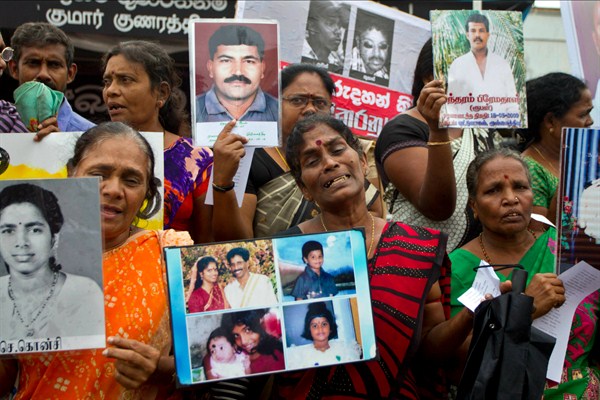JAFFNA, Sri Lanka—The scars of Sri Lanka’s 26-year-long civil war remain plainly visible in the country’s north, where ethnic Tamils make up the vast majority of the population. Abandoned colonial mansions riddled with bullets stand as testament to the long war and the devastation it wrought on the region.
More than half a decade after the fighting ended, despite a noticeable influx of investment from exiled Tamils, much needs to be done before the conflict between the Sinhalese-dominated state and the Tamil minority can finally be relegated to the pages of history, allowing Sri Lanka to work toward a prosperous and stable future.
In 2009, after a quarter-century spent fighting the terrorist separatist group calling itself the Liberation Tigers of Tamil Eelam (LTTE), the government of then-President Mahinda Rajapaksa launched a crushing military offensive that succeeded in recapturing the territories under LTTE’s control. The group, commonly known as the Tamil Tigers, had conducted the war using ruthless tactics, including hundreds of suicide bombings. They eventually captured and ruled over vast swaths of northern and eastern Sri Lanka.

